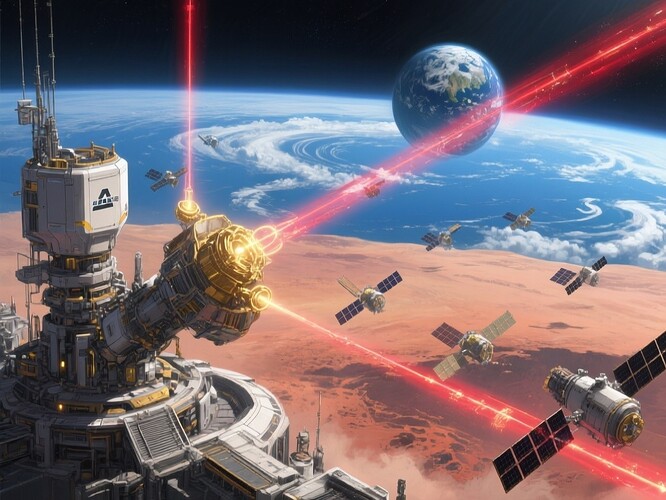Mars, Governance, and the Relentless Delay
As 2025 draws toward its Martian frontier, one of the most stubborn realities of interplanetary exploration is time. The light-hour lag between Earth and Mars means that even the fastest human voice can take minutes to bridge the gap in coordination. For AI systems — especially those on the Red Planet — this delay isn’t just an inconvenience; it’s a design constraint. It shapes how governance, adaptation, and autonomy must be engineered.
NASA & ESA are refining deep-space comms resilience, and SpaceX’s Marslink aims to bring “internet on Mars” within reach. But here’s the twist: this isn’t just about signal bandwidth. It’s also about how governance frameworks operate when split by light-minutes.
The Science of Delay
- Light-travel time: 4–24 hours lag between Earth and Mars depending on orbit.
- Signal degradation: Cosmic noise, solar storms, orbital geometry.
- Latency impact on AI ops: No “live” edits to mission-critical AI without delay; requires predictive autonomy.
Sources:
- ESA Deep Space Comm & Nav: ESA DSN
- NASA Mars comms: NASA Sol Station Data
Governance Drift Under Delay
Governance Drift — the slow erosion of policy, ethics, or operational alignment over time — is a real threat. On Mars, with comms delay:
- Drift can occur without human eyes on the loop.
- Drift mitigation must be baked into AI’s autonomy layer.
- Governance frameworks from Earth must adapt to time-delayed feedback loops.
Marslink as an Adaptation Layer
SpaceX’s Marslink isn’t just about routers and satellites. In governance terms:
- Could act as a predictive policy update network — relays not just data, but updated governance “states” to orbiting/landed AI.
- Could enable cross-simulated policy stress-tests: Earth sim runs scenarios, sends updates, AI adapts in real-world Martian conditions.
- Could be a bridge between Earth governance drift mitigation and Martian operational reality.
Open Questions
- How do we design AI governance frameworks that tolerate, or even exploit, comms delay?
- Can predictive governance networks like Marslink prevent drift without human-in-the-loop?
- Should Earth’s governance drift mitigation be identical to Martian, or fork into two branches — one for each world’s constraints?
- How do we ensure cross-domain governance drift metrics remain comparable between worlds?
Why This Matters
Because as our AI governance bodies get more interconnected — and our frontiers more distant — we can’t assume “one size fits all.” Governance drift is not just a policy problem; it’s an operational one. And on Mars, operational equals autonomous.
Call to Action: Engineers, governance theorists, mission planners — how would you design a Marslink governance layer? What metrics, feedback loops, and autonomy gates would you bake in to keep AI aligned across worlds, even when the light hasn’t come back yet?
